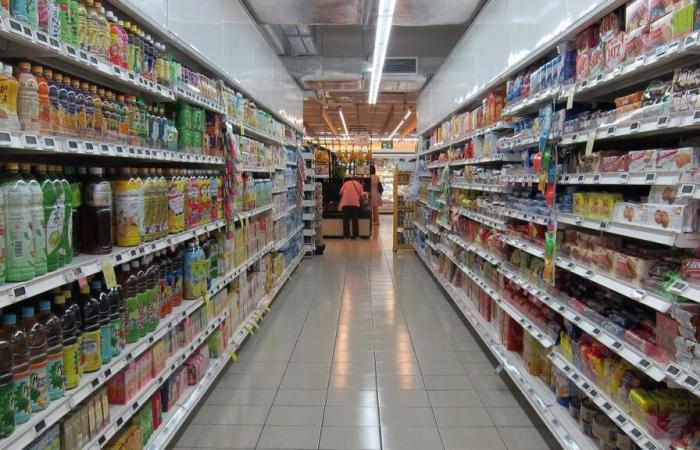Key information
- The FAO Food Price Index rose 2 percent in October, its second consecutive month of year-on-year growth.
- The FAO Vegetable Oil Price Index jumped 7.3 percent, reaching a two-year high on concerns over production.
- The FAO Meat Price Index fell 0.3 percent from September, mainly due to lower pork prices and weak demand.
The Food and Agriculture Organization of the United Nations’ Food Price Index, which monitors international prices for a selection of globally traded foodstuffs, averaged 127, 4 in October. This represents an increase of 2 percent from the previous month and 5.5 percent from October of the previous year. After bottoming out at the start of the year, following a period of peak and decline throughout 2022-23, the index has now seen two consecutive months of year-over-year growth.
The main factor contributing to the rise in the FAO Food Price Index was the FAO Vegetable Oil Price Index, which jumped 7.3 percent in October, reaching its highest level in two years. The rise was fueled by concerns over production that led to higher prices for palm, soybean, sunflower and rapeseed oils.
Other components of the index also experienced fluctuations
The month of October was also marked by fluctuations in other components of the index. The FAO Cereal Price Index increased by 0.9 percent, driven by higher export prices of wheat and maize. World wheat prices were affected by unfavorable weather conditions in major exporters in the northern hemisphere, as well as the reintroduction of an unofficial floor price in the Russian Federation and the escalation of tensions in the region. the Black Sea.
Corn prices also increased due to strong domestic demand and transportation difficulties in Brazil due to low river levels. In contrast, the FAO Rice Price Index fell 5.6 percent in October, reflecting lower indica rice quotations attributed to anticipated increased competition among exporters following India’s lifting of restrictions on the export of unbroken rice.
Market trends and influences
The FAO Sugar Price Index rose 2.6 percent, influenced by continued concerns over the 2024/25 production outlook in Brazil due to prolonged dry weather conditions. Rising international crude oil prices also played a role, as they encouraged the redirection of more sugarcane toward ethanol production. Additionally, the weakening of the Brazilian real against the US dollar limited the rise somewhat. The FAO Dairy Price Index rose 1.9 percent in October, averaging 21.4 percent higher than the same period last year. This increase is mainly attributed to the rise in international prices of cheese and butter, while prices of milk powders fell.
Meat prices have also fallen
Contrary to the general upward trend, the FAO meat price index fell by 0.3 percent compared to September. This decline is mainly due to the decrease in pigmeat prices resulting from increased slaughter rates in Western Europe against a backdrop of weak domestic and international demand. Global poultry prices fell slightly in October, while sheepmeat prices remained stable. On the other hand, beef prices saw a moderate increase, supported by larger international purchases.
If you want access to all articles, subscribe here!






